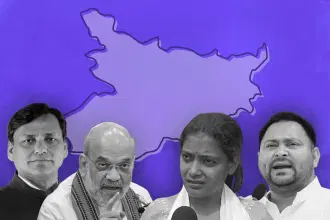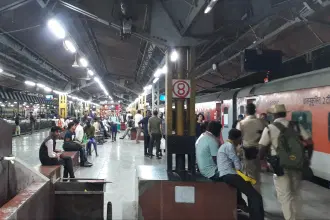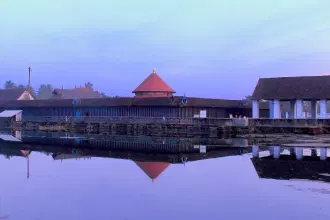News Brief
Government To Revamp 'Build, Operate, Transfer' Model For Greenfield Highways To Attract Private Investment: Report
Arjun Brij
Mar 05, 2025, 06:44 PM | Updated 06:44 PM IST
Save & read from anywhere!
Bookmark stories for easy access on any device or the Swarajya app.
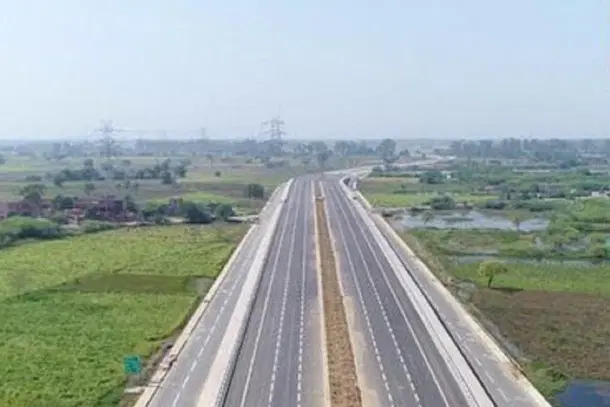
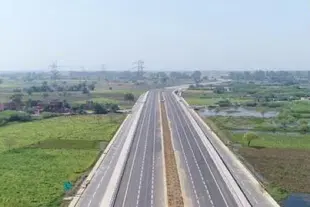
The government is set to introduce a revised Model Concession Agreement (MCA) for Build Operate Transfer (BoT) projects by April, aiming to reduce disputes and encourage greater private investment in highway construction, Financial Express reported citing a senior official.
"In April, the revised Model Concession Agreement (MCA) for the Build Operate Transfer (BoT) projects will be ready. The revision will take care of the concerns of the industry in the construction sector," the official was quoted as saying by FE.
The MCA serves as a legal contract that defines terms and conditions of public private partnership (PPP) projects in India.
Last year, the government revised the MCA for brownfield BoT projects, incorporating liberal construction support, permission for borrowing from non-bank lenders, and enhanced compensation for shortfalls in projected tariff collections.
The updated MCA is expected to instill confidence among developers as the government begins bidding for key greenfield projects.
Currently, 53 highway projects worth Rs 2.1 lakh crore are planned for execution under the BoT model, with some projects already at the bidding stage and others expected to be tendered in the next three months.
"The aim of the MCA revision exercise is to balance the risk between the proponents of the projects in a way which is rational," the official added.
To mitigate risks, the Ministry of Road Transport and Highways (MoRTH) has mandated that all pre-construction approvals—including land acquisition, forest clearance, and environmental clearances—must be completed before issuing the Letter of Award.
"In some cases, we insist even the financial bids are not opened unless we have been able to complete pre-construction exercises which are essentially land acquisition, forest clearances and environment clearances. The idea is that the scope of contractual disputes and pendency of projects are minimised," the official noted.
Reviving BoT is a key part of the government’s infrastructure strategy, particularly as India focuses on high-speed corridors to enhance logistics efficiency.
The government aims to extend the high-speed corridor network to 50,000 km from the existing 4,500 km, with 18,000 km of expressways to be constructed over the next five to six years.
By 2030-31, the target is to reach 25,000 km, with further expansion planned over the following five years.
The BoT model was widely used between 2007 and 2014, accounting for nearly 50 per cent of total highway projects.
However, it later fell out of favour due to aggressive bidding, unrealistic projections, land acquisition delays, and disputes, which led to non-performing assets (NPAs) for banks.
To address BoT's decline, the government introduced the Hybrid Annuity Model (HAM) in 2016, where 40 per cent of the project cost is covered by the government and 60 per cent by the concessionaire, who is then reimbursed through fixed annuity payments over 15 years.
HAM has since gained prominence, accounting for 58 per cent of the Bharatmala programme, while BoT contributes a mere 1.41 per cent and Engineering, Procurement and Construction (EPC) contracts make up 41 per cent.
Despite BoT never completely went out fully—still making up 3-5 per cent of highway projects—the National Highways Authority of India (NHAI) now seeks to increase BoT’s share to 10 per cent, ensuring a more sustainable funding model for India’s growing road network.
Also Read: ED Arrests SDPI President M K Faizy In Money Laundering Probe Linked To Banned PFI
Arjun Brij is an Editorial Associate at Swarajya. He tweets at @arjun_brij

